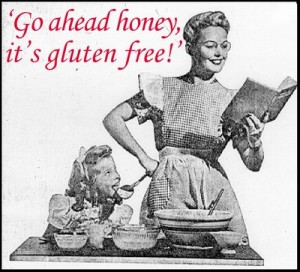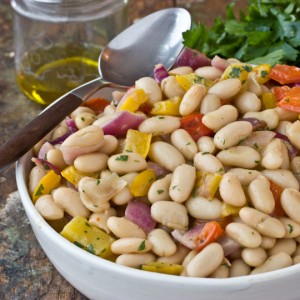 The other day, I couldn’t help but roll my eyes when I saw a tub of ice cream advertised as gluten-free. Labeling a product as gluten-free has become an increasingly popular trend - and savvy marketers are hoping that consumers will believe that gluten-free products are healthier. They’re not.
The other day, I couldn’t help but roll my eyes when I saw a tub of ice cream advertised as gluten-free. Labeling a product as gluten-free has become an increasingly popular trend - and savvy marketers are hoping that consumers will believe that gluten-free products are healthier. They’re not.
In a tweet last April, Miley Cyrus even tweeted that “gluten is crapppp.” That’s crap, with four p’s.
As it turns out, gluten-free and healthy are two very different things. According to Mayo Clinic:
A gluten-free diet is a diet that excludes the protein gluten. Gluten is found in grains such as wheat, barley, rye and triticale (a cross between wheat and rye).
Gluten-free isn’t meant to be a weight loss strategy. Instead, a gluten-free diet is a treatment for celiac disease. According to the National Institutes of Health, 1 in 133 people have this condition. When someone with celiac disease consumes gluten, it causes the little hair-like projects that move food through to the gut to breakdown - resulting in bleeding, malabsorption and other issues.
If you don’t have celiac disease, there’s nothing wrong with consuming gluten. In fact, it’s healthy to do so. Sorry, Miley. Moreover, gluten-free diets tend to lack fiber, are higher in simple carbohydrates (the so-called “bad” carbs) and often low in the complex carbohydrates that our bodies need. If you do go gluten-free for medical reasons, it’s important to work with nutritionists and doctors to get a well-rounded diet.
The bottom line: If something is labeled as gluten-free, it’s not offering any sort of health benefit - unless, of course, you have celiac disease. The alleged link between a product being gluten-free and its nutritional content, as exemplified by my ice cream experience, is non-existent.









